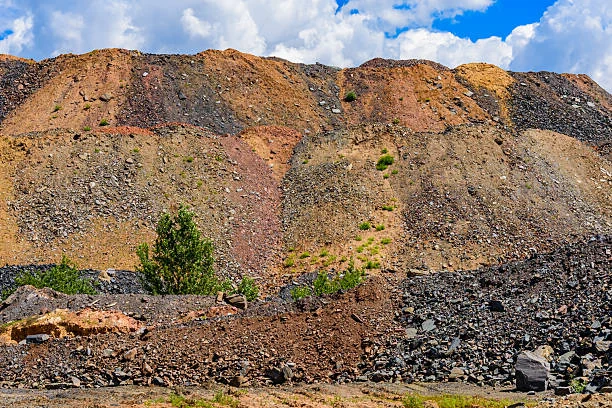
In the realm of gold mining, the extraction of gold from low-grade ores has always been a challenging task. However, with the advent of innovative technologies and methods, it has become more feasible and economically viable. One such method that has revolutionized the extraction of gold from low-grade ores is the use of Sodium cyanide. This article delves into how Sodium Cyanide enables efficient and cost-effective extraction from low-grade gold ores.
The Traditional Method: Cyanidation
The Cyanidation method, which involves using sodium cyanide for Gold extraction, has a long history. Since its first application in 1887 to extract gold and silver, it has been widely adopted in the global gold industry and still holds a mainstream position. This process is relatively simple. In the case of low-grade gold ores, the general procedure is to first prepare the ore. The ore is often crushed to an appropriate size to increase its surface area, which facilitates the reaction with the cyanide solution. Then, a cyanide solution, typically sodium cyanide dissolved in water, is introduced. Gold in the ore reacts with the cyanide ions in the presence of oxygen to form soluble gold cyanide complexes. For example, the chemical reaction can be simplified as follows: 4Au + 8NaCN + O₂ + 2H₂O → 4Na[Au(CN)₂] + 4NaOH. This allows the gold to be dissolved and separated from the ore matrix.
Advantages of Using Sodium Cyanide in Low-Grade Gold Extraction
High Efficiency
Sodium cyanide has a high affinity for gold. It can selectively dissolve gold from the ore, even when the gold content is low. This selectivity is crucial as it allows for the extraction of gold from ores where other minerals might be present in much larger quantities. Compared to some other extraction methods, cyanidation with sodium cyanide can achieve relatively high gold recovery rates. In many cases, depending on the nature of the ore, recovery rates of 50 - 80% or even as high as 90% can be achieved. This high efficiency means that more gold can be extracted from the same amount of low-grade ore, maximizing the value of the resource.
Cost-Effectiveness
One of the most significant advantages of using sodium cyanide for low-grade gold extraction is its cost-effectiveness. The overall process of cyanidation is relatively straightforward. It does not require highly complex and expensive equipment compared to some alternative extraction techniques. For instance, in a heap leaching operation, which is a common method for processing low-grade gold ores using sodium cyanide, the main requirements are a suitable leaching pad, a system for spraying the cyanide solution, and equipment for collecting the pregnant solution. This simplicity in equipment and process reduces both the initial capital investment and the operational costs. Additionally, the relatively low cost of sodium cyanide itself, when compared to some other specialized extraction reagents, further contributes to the cost-effectiveness of the process.
Challenges and Solutions in the Use of Sodium Cyanide
Arsenic Interference
In the roasting and cyaniding process of gold concentrate, arsenic is a major factor that can affect the cyanide leaching rate of gold and silver. When the arsenic content in gold concentrate increases, the extraction rate of gold and silver using sodium cyanide gradually decreases. However, solutions have been developed to address this issue. Adding 4% to 5% sodium sulfate to the ore sample during roasting can effectively increase the cyanide leaching rate of gold and silver in arsenic-containing gold concentrate. This adjustment in the roasting process helps to mitigate the negative impact of arsenic and maintain the efficiency of the cyanidation process.
Environmental and Safety Concerns
Cyanide is a hazardous substance, and its use and transportation have extremely high requirements. Sodium cyanide waste liquid can cause different degrees of pollution to the environment. To address the environmental concerns related to sodium cyanide waste liquid, hydrogen peroxide treatment can be employed. This is an oxidation and degradation process. When hydrogen peroxide comes into contact with sodium cyanide waste liquid, sodium bicarbonate and ammonia gas are generated. This method has the advantages of high efficiency and economy in treating the cyanide waste.
In terms of safety, strict protocols are in place. Sodium cyanide is a special chemical that requires an import license and an end-user certificate before importation. During storage and use, it should not be placed together with acids, nitrites, nitrates, and other substances, as exposing it to an acidic environment will reduce its product quality and use effect. It should be stored in a ventilated and dry place, preferably in a special warehouse or a double-locked special cabinet. Regular checks, maintenance, and control of the temperature and humidity of the storage place are necessary, along with appropriate ventilation or dehumidification measures. The storage area should also be equipped with corresponding gas masks, masks, personal protective equipment, and fire-fighting equipment.
Case Studies of Sodium Cyanide in Low-Grade Gold Extraction
Zijin Mining's Application in Zijinshan Gold Mine
Zijin Mining has successfully applied the cyanidation method using sodium cyanide in the Zijinshan Gold Mine. By spraying a cyanide solution (sodium cyanide solution) onto the crushed low-grade gold ores, they have been able to extract gold at a low cost. This application has not only activated the potential of low-grade gold mining in the area but has also given Zijin Mining a significant cost advantage in the gold market. Their successful implementation showcases the practical effectiveness of using sodium cyanide for low-grade gold extraction in a real-world mining operation.
Global Prevalence of Cyanidation in Low-Grade Gold Mines
Around the world, many low-grade gold mines rely on cyanidation with sodium cyanide. In regions such as North America, South America, and Australia, where there are vast reserves of low-grade gold ores, cyanidation is a commonly used method. These mines have optimized the process to balance efficiency, cost, and environmental and safety concerns. They continuously invest in research and development to improve the cyanidation process, such as better control of the cyanide concentration, more efficient ore preparation techniques, and advanced methods for treating cyanide waste, all aimed at maximizing the benefits of using sodium cyanide for low-grade gold extraction.
Conclusion
Sodium cyanide plays a pivotal role in the efficient and cost-effective extraction of gold from low-grade ores. Despite the challenges associated with its use, such as arsenic interference and environmental and safety concerns, with proper technological solutions and strict safety and environmental management, the cyanidation process remains one of the most viable options for low-grade gold mining. As the demand for gold continues to grow and high-grade gold deposits become scarcer, the importance of leveraging sodium cyanide to unlock the value of low-grade gold ores will only increase. Mining companies and researchers will likely continue to innovate in this area to further enhance the efficiency and sustainability of the gold extraction process using sodium cyanide.
- Random Content
- Hot content
- Hot review content
- Toxicity Assessment of Sodium Cyanide and Relevant Hazard Prevention Measures
- OCCUPATIONAL HEALTH & SAFETYMANAGEMENT SYSTEM CERTIFICATE
- Sodium Metal, ≥99.7%
- Ammonium Persulfate Industrial Grade 98.5%
- Food Grade Heavy Light Precipitated Calcium Carbonate Powder Granular 99%
- calcium chloride anhydrous for food
- Sodium sulphate 99% Pharmacy Grade
- 1Discounted Sodium Cyanide (CAS: 143-33-9) for Mining - High Quality & Competitive Pricing
- 2Sodium Cyanide 98% CAS 143-33-9 gold dressing agent Essential for Mining and Chemical Industries
- 3Sodium Cyanide 98%+ CAS 143-33-9
- 4Anhydrous Oxalic acid 99.6% Industrial Grade
- 5Oxalic acid for mining 99.6%
- 6Soda Ash Dense / Light 99.2% Sodium Carbonate Washing Soda
- 7Reagent Grade/Industrial Grade Hydrochloric Acid min.31%
- 1Sodium Cyanide 98% CAS 143-33-9 gold dressing agent Essential for Mining and Chemical Industries
- 2High Quality 99% Purity of Cyanuric chloride ISO 9001:2005 REACH Verified Producer
- 3 High-Quality Sodium Cyanide for Leaching
- 4Powdery emulsion explosive
- 5Industry Grade Electron grade 98% Sulfuric Acid H2SO4 Sulphuric Acid Battery Acid Industrial Sulfuric Acid
- 6Colloidal emulsion explosive
- 7sodium hydrosulfide 70% flakes used Mining Industry

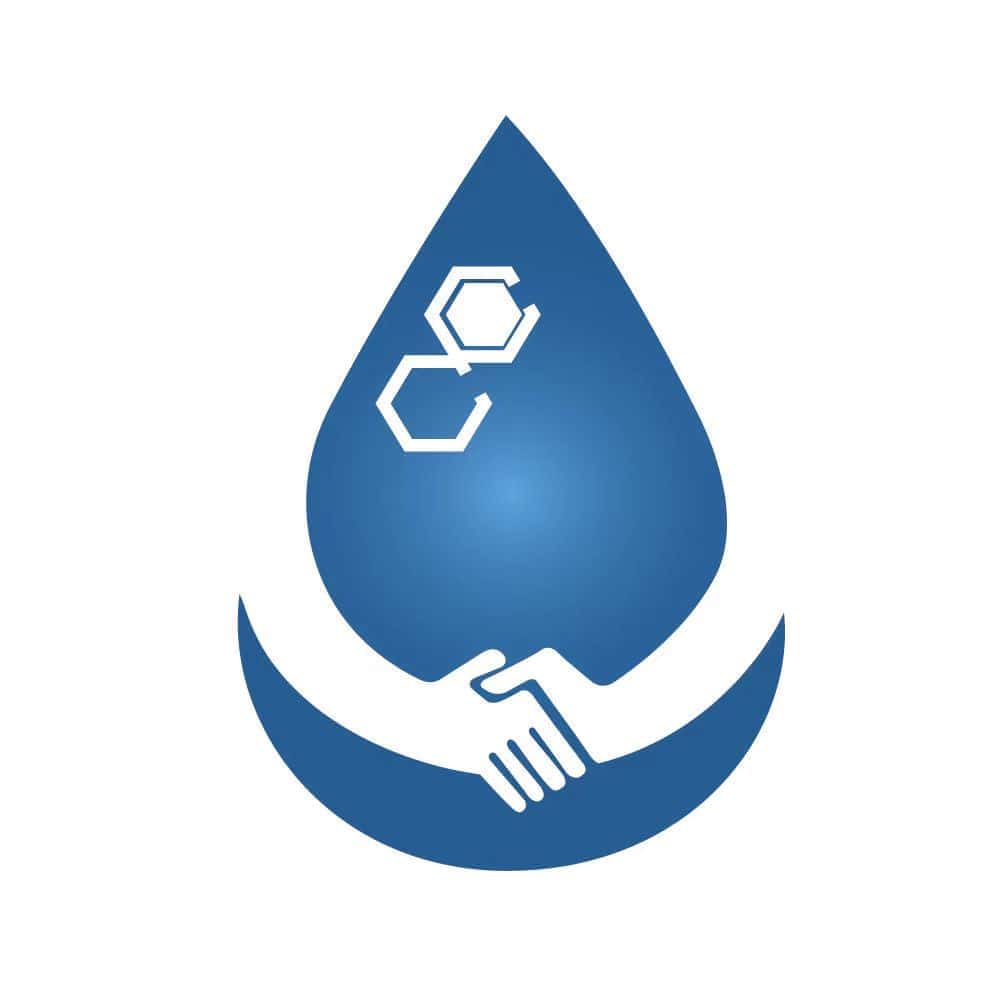
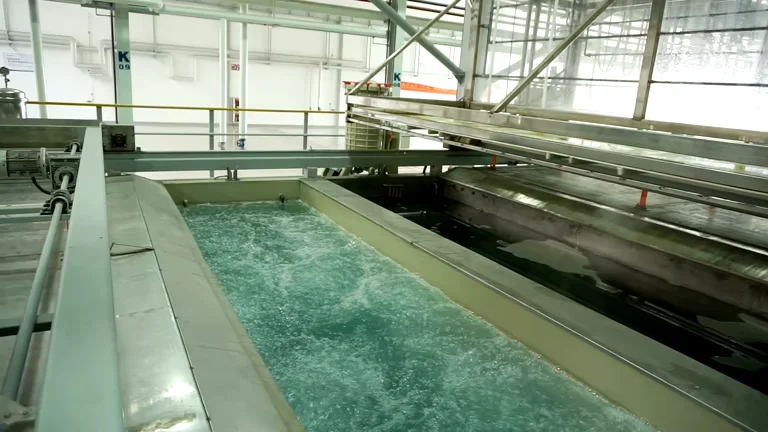

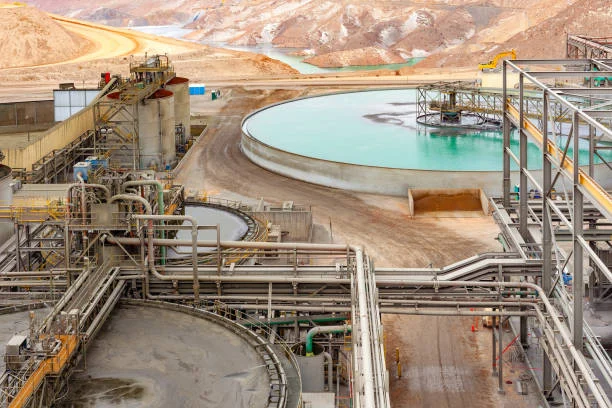
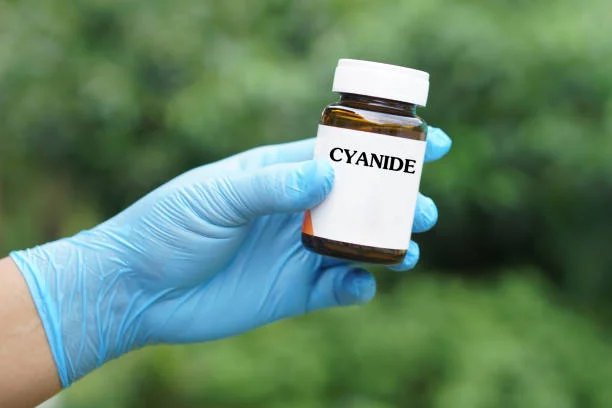

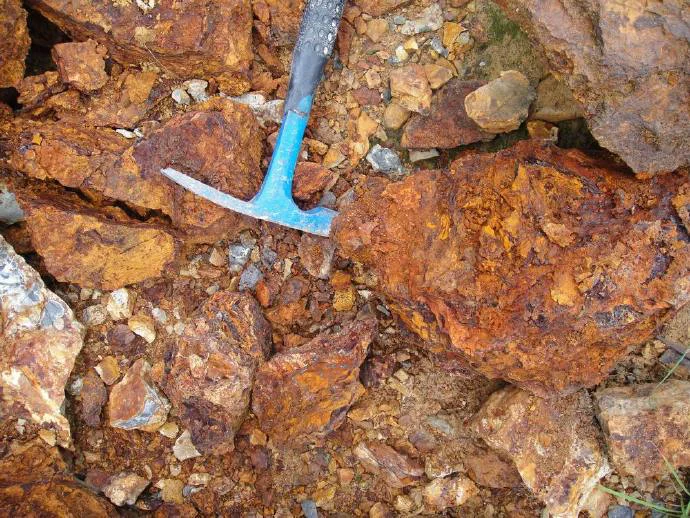
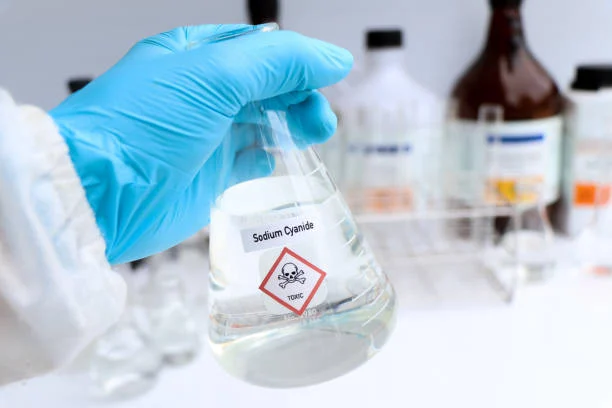
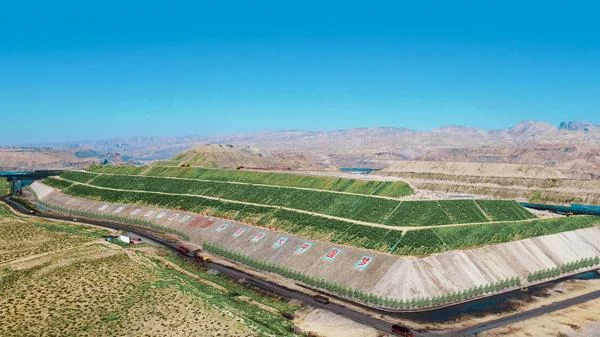


Online message consultation
Add comment: